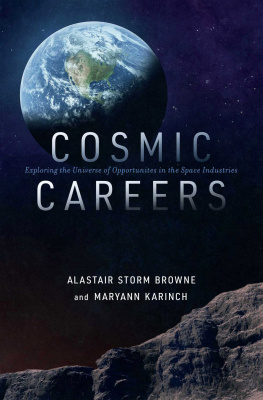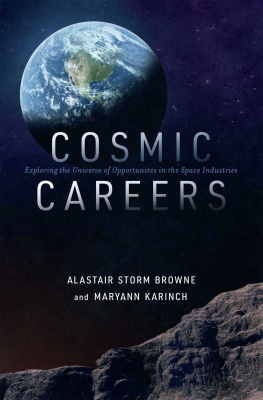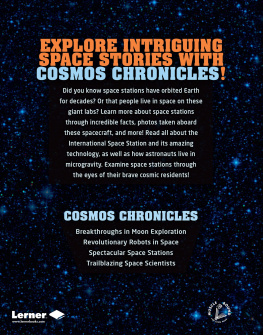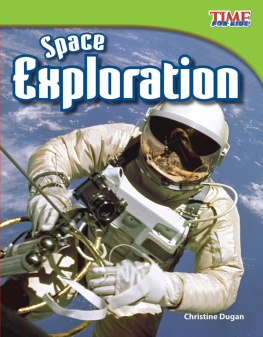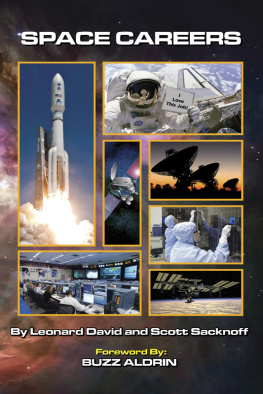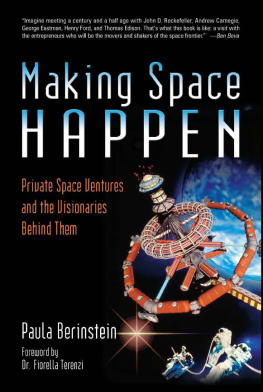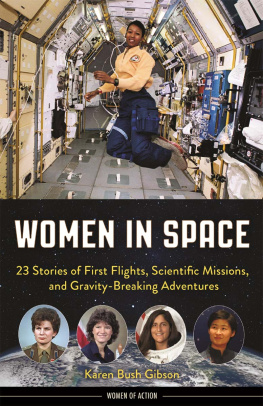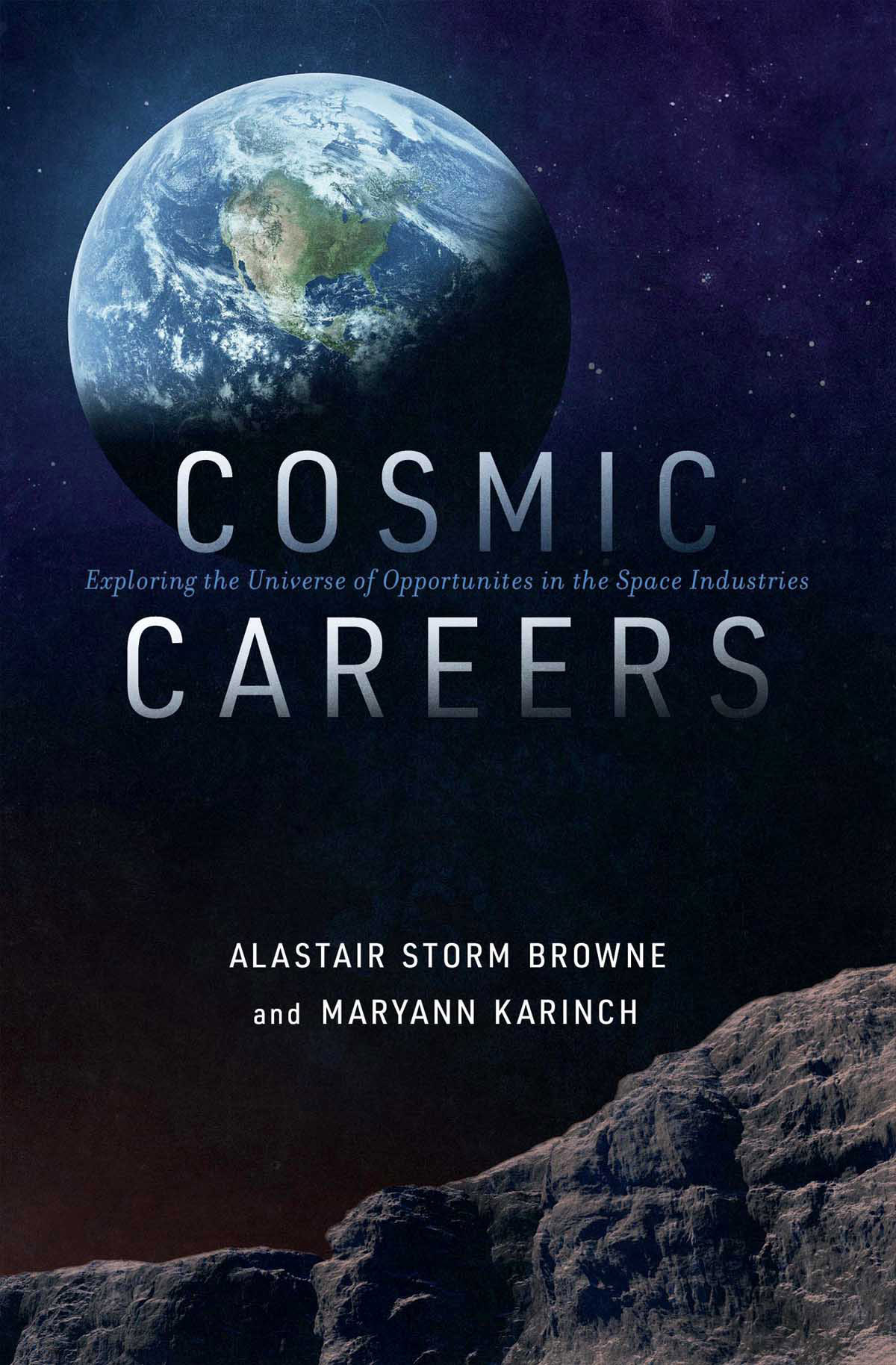2021 Alastair Storm Browne and Maryann Karinch
All rights reserved. No portion of this book may be reproduced, stored in a retrieval system, or transmitted in any form or by any meanselectronic, mechanical, photocopy, recording, scanning, or otherexcept for brief quotations in critical reviews or articles, without the prior written permission of the publisher.
Published by HarperCollins Leadership, an imprint of HarperCollins Focus LLC.
Any internet addresses, phone numbers, or company or product information printed in this book are offered as a resource and are not intended in any way to be or to imply an endorsement by HarperCollins Leadership, nor does HarperCollins Leadership vouch for the existence, content, or services of these sites, phone numbers, companies, or products beyond the life of this book.
ISBN 978-1-4002-2085-4 (eBook)
ISBN 978-1-4002-2093-9 (PBK)
Epub Edition December 2020 9781400220854
Library of Congress Control Number: 2020948936
Printed in the United States of America
20 21 22 23 LSC 10 9 8 7 6 5 4 3 2 1
Information about External Hyperlinks in this ebook
Please note that the endnotes in this ebook may contain hyperlinks to external websites as part of bibliographic citations. These hyperlinks have not been activated by the publisher, who cannot verify the accuracy of these links beyond the date of publication
To Robert Kits van Heyningen, childhood friend, inventor, and co-founder of KVH Industries. He showed us how far one can go when he or she uses their full potential. An example for all of us to follow.
Alastair
To Jim McCormick, my daily source of information and inspiration.
Maryann
AUTHORS NOTE
We use capitalized versions of Earth, Moon, and Mars, assigning them the status of proper names. We concluded that any place where humans live in community should be honored grammatically.
Every dayand we do not exaggerate hereboth of us receive alerts about a new event or discovery related to space exploration. Thats how fast we are moving forward and why it is impossible to have all the latest information about this topic in a book. Commercial launches, grants for new research and development, space agency announcementsthe winds of knowledge and experience are blowing furiously around all of us.
CONTENTS
Guide
Past, Present, and Back to the Future
In October 1947, Glamorous Glennis zoomed through the skies with Captain Charles Chuck Yeager piloting. The flight of this rocket plane celebrated the accomplishments of our first modern space workers: scientists, engineers, technicians, administrators, pilots, and ordinary laborers. They were ordinary in the sense that their skills with tools and machines could have been used in any number of manufacturing plants. They were extraordinary in the sense that the quality of their work had dramatic consequences: triumph or tragedy, life or death.
The greatest achievement in any space program was no doubt the Apollo Moon landings. It was as though all of humanity jumped into a time machine and got a glimpse of the future. From President Kennedys challenge in 1961 to the first lunar landing in 1969, it took the dedication of thousands of scientists, engineers, technicians, administrators, pilots, and extraordinary laborers to accomplish this feat. More than 300,000 technicians alone contributed to the eight-year effort to put Neil Armstrong and Buzz Aldrin on the surface of the Moon.
The legacy of the Moon landing is not a single technical achievement, however. NASA and the astronauts inspired generations of humans to pursue careers that have transformed and upgraded our lives. They spun off technologies from the Apollo Moon project and began myriad new ventures, giving us an even stronger sense of momentum forward in time. From their innovations came an increased ability to explore spaceand create more space jobs. Many of those people inspired by the Moon landing contributed to this book in the hope that their commitment to space exploration is contagious.
Inspiration alone could not get us back to the Moon and on to Mars, though. That takes money, and after Apollo, America decided on channeling more government funding to Earthbound efforts and less to reaching for the stars. Instead of racing into space, we trudged toward it.
After Apollo, the space program was scaled back, to Skylab, Apollo-Soyuz, and then the space shuttle. Fortunately, we never completely deserted space. The International Space Station (ISS) is flying and being maintained, and experiments in materials processing and life sciences are ongoing. The shuttle program ended, although the Russians kept transporting astronauts and cosmonauts to the ISS, private space transportation companies based in the United States came into the fold to replace the shuttle, and China sent its Yutu-2 rover on an exploratory mission on the far side of the Moon.
We probably could have reached Mars by now if the United States hadnt lost interest decades ago in space exploration and terminated programs designed to support long missions. But this book is not about regrets; its about the reality that we are now truly on our way to Mars and need a lot of talent and interest to succeed. We need a whole new generation of people inspired to imagine possibilities and innovate as a result.
A LITTLE HISTORY
Leaving other countries out of the discussion for the moment, we could say that none of the delays or shortfalls were caused by the National Aeronautics and Space Administration (NASA). There has never been a US policy to open the space frontierand NASA can only do what its mandated to do. Project Apollo was simply to land a man on the Moon and return him safely to the Earth, and to get there before the Soviets and by the end of the 1960s, no more. After that, the government faced the problems of the Vietnam War and the Watergate scandal, putting the space program on the back burner.
Actually, the US space program started to decline two years before Apollo 11 landed on the Lunar surface. During the famed race for the Moon, many powerful people in Washington felt dread that, should the Soviets reach the Moon first, they would claim the entire satellite for their own and put up a military base that could threaten Earth.
Members of President Lyndon B. Johnsons administration proposed a treaty banning the ownership and militarization of not only the Moon, but also of any celestial body, by any country. They brought the treaty to the United Nations.
The Treaty on Principles Governing the Activities of States in the Exploration and Use of Outer Space, Including the Moon and Other Celestial Bodies became known as the Outer Space Treaty, and it stated that the Moon and other planets and asteroids can be used for peaceful purposes only, and that no country can lay ownership to any of these heavenly bodies.
In 1967, the treaty was signed by the United States and the (then) Soviet Union. As of June 2019, 109 countries are parties to the treaty. When it first went into force in October 1967, worldwide fears about a single nation dominating the Moon or other celestial bodies were alleviated, and people breathed a sigh of relief. (Its likely no coincidence that the original Star Trek television series and its peace-oriented United Federation of Planets debuted in 1966 as the treaty was taking shape.)
However, the Johnson administration decided to use the bulk of the federal budget for two other purposes, while sacrificing the space program: Johnsons Great Society, and the war in Vietnam.

